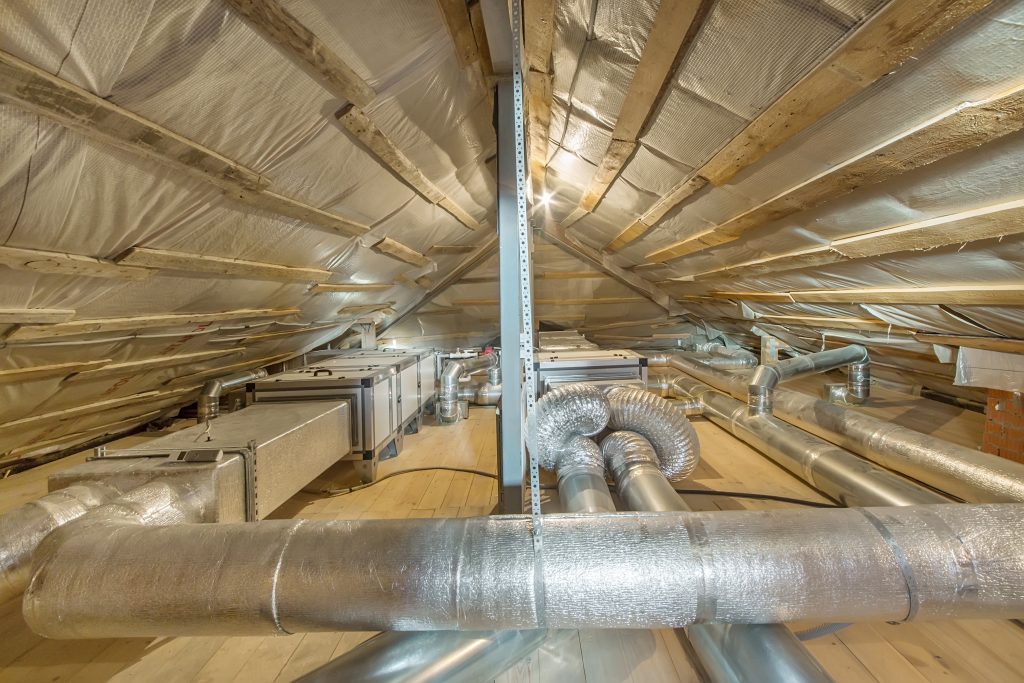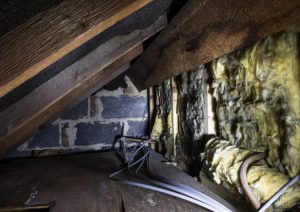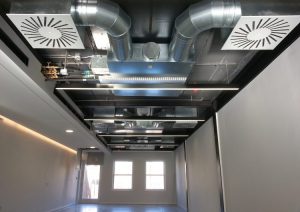Your home has a series of tunnels or ducts that circulate air throughout your home. These ducts are the reason you have hot air during winter and cool air during summer. If left unprotected, they can incur damage which reduces their efficiency.
To enhance a comfortable living environment, the ducts must be well insulated and properly sealed. How can you ensure that your ductwork is well protected? Here are 5 important steps you must take!
Seal the Ductwork Joints
The truth is that almost all ducts have leaks. The trick is to identify the areas that have the worst leaks and seal them. You could have the most energy efficient house but if the HVAC ducts are full of leaks, you will incur more energy bills.
Check the ductwork joints for leaks and seal them using mastic. Use a paintbrush to spread an even layer of the mastic on the connections and encircle the whole joint. Remember; mastic has a thick consistency and you may require the assistance of a professional.
Install Vapor Barriers
Did you know that concrete slabs contain moisture?1 Well, you may never see the concrete produce moisture but as seasons change, this moisture is released as water vapor. If your ductwork is left exposed, the moisture will cause structural damage.
Install vapor barriers to restrict the water vapor from coming into contact with the ducts. Engage the services of a professional, since vapor barriers can trap moisture if improperly installed resulting in mold formation.
Avoid Using Duct Tapes
The ‘duct’ in duct tapes is nothing more than a misnomer. You should never use duct tape when it comes to ductwork protection. While these tapes are strong, sealing ductwork requires a product that can withstand temperature fluctuations that are extreme.
Once the ducts are too hot or too cold, the duct tape will fail and the leaks will continue.
Have CO Monitors
Are your ducts connected to a burning furnace? If so, carbon monoxide monitors are a must-have! This is to not only protect your ductwork but also for safety reasons. These monitors should be installed throughout your home to ensure the early detection of circulating carbon monoxide.
CO is highly toxic but is odorless so you can’t detect it on your own. With the CO monitors, leaks in the ducts will result in system shutdown.
Avoid DIY Ductwork Protection
It is only normal that you would want to be actively involved in all home improvement projects. However, when it comes to ductwork protection, it is always safer to let the professionals handle it. Have an expert come and inspect the ductwork and conduct replacements where necessary.
Why Should You Prioritize Ductwork Protection?
Your house needs a fully functional ductwork system for your heating and cooling system to be effective. Ductwork protection prolongs the life of your HVAC system and improves your home’s air quality by ensuring the air being transported throughout your house is uncompromised.
Links to sources used
- Signs a Concrete Floor Has Moisture Issues – Buildings – https://www.buildings.com/news/industry-news/articleid/21943/title/signs-concrete-floor-moisture




